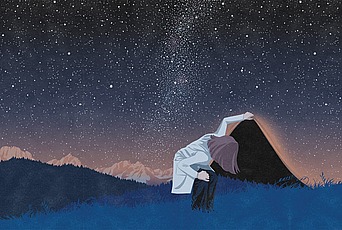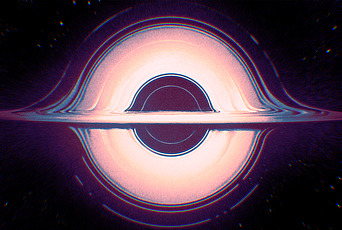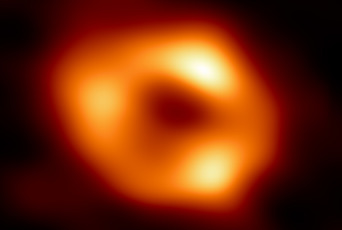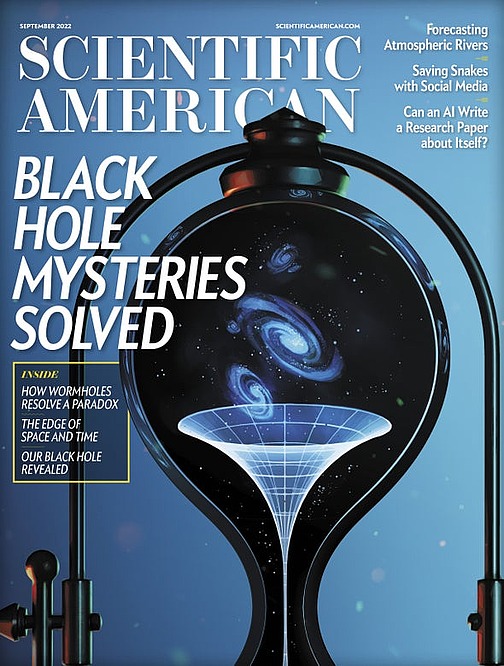
Black Hole Mysteries Solved
Research from IAS scholars, past and present, features prominently in the September 2022 issue of Scientific American. Past Director’s Visitor George Musser (2018–19) takes account of the recent groundbreaking work being done on the infamous black hole information paradox by researchers including Member Ahmed Almheiri (2017–22). Also in this issue, Almheiri authors his own essay on the solution to the paradox, revealing the history going back to Albert Einstein and the EPR paper, a central contribution to the interpretation of quantum theory written at IAS. Edgar Shaghoulian takes these results to the cosmological scale, drawing from numerous IAS scholars, including Professor Emeritus Edward Witten and Carl P. Feinberg Professor Juan Maldacena. Finally, Seth Fletcher takes a look at the first image of our galaxy’s central black hole, captured by the Event Horizon Telescope, that has enabled new research by Members Lia Medeiros and George Wong to test theories of fundamental physics and study black hole properties.
How the Inside of a Black Hole Is Secretly on the Outside
By Ahmed Almheiri, Member (2017–22) in the School of Natural Sciences:
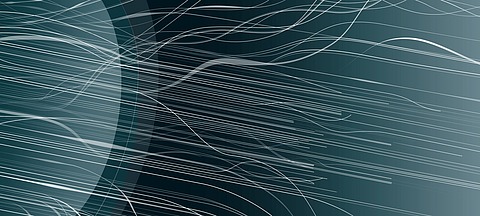
"Theoretical physics has been in crisis mode ever since 1974, when Stephen Hawking argued that black holes destroy information. Hawking showed that a black hole can evaporate, gradually transforming itself and anything it consumes into a featureless cloud of radiation. During the process, information about what fell into the black hole is apparently lost, violating a sacred principle of physics.
This has been an open problem for more than 45 years, but the pieces started falling into place in 2019 through research that I was involved in. The resolution is based on a new understanding of spacetime and how it can be rewired through quantum entanglement, which leads to the idea that part of the inside of a black hole, the so-called island, is secretly on the outside."
Featuring founding Professor Albert Einstein, Member Boris Podolsky (1934–35), Member Nathan Rosen (1934–36), Member Thomas Hartman (2010–13), Carl P. Feinberg Professor Juan Maldacena, current Junior Visiting Professor Geoff Penington, Member Stephen Shenker (2000–01), and Member Douglas Stanford (2014–19).
How Physicists Cracked a Black Hole Paradox
By George Musser, Director's Visitor (2018–19):
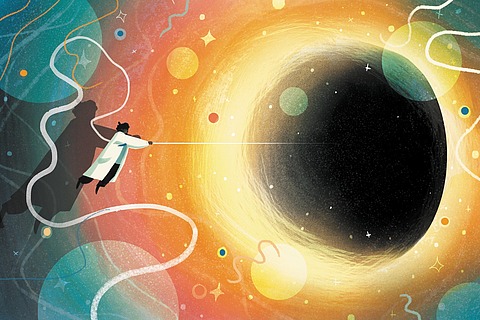
"If a massive enough star collapses under its own weight, its gravity intensifies without limit and locks matter in its grip. Jump into one, and there's no going back. Merge two together, and you can't split them apart. A black hole presents an almost completely featureless façade to the universe. Looking at it, you can't tell what fell in. The black hole does not seem to preserve information. This irreversibility, first appreciated by physicist David Finkelstein in 1958, was the earliest inkling of the black hole information paradox—'paradox' because how could reversible laws have irreversible effects? The paradox signaled a deeper disease in physicists' understanding of the world. Scientists have many reasons to seek a grand unified theory of nature, but the information paradox is their most specific motivation, and it has guided their way when they have little else to go on."
Featuring founding Professor Albert Einstein, Member Ahmed Almheiri (2017–22), Member Aron Wall (2014–17), Visitor and Member Leonard Susskind (1995, 1997), and current Junior Visiting Professor Geoff Penington.
Black Hole Discovery Helps to Explain Quantum Nature of the Cosmos
By Edgar Shaghoulian:
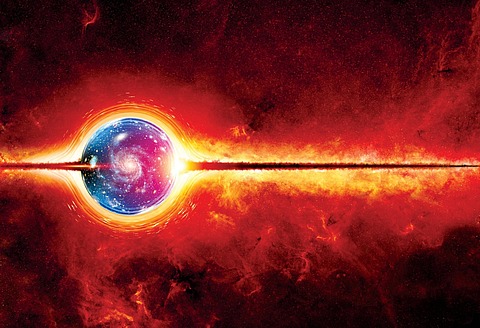
"Where did the universe come from? Where is it headed? Answering these questions requires that we understand physics on two vastly different scales: the cosmological, referring to the realm of galaxy superclusters and the cosmos as a whole, and the quantum—the counterintuitive world of atoms and nuclei."
Featuring Member Thomas Hartman (2010–13), Member Victor Gorbenko (2018–20), Carl P. Feinberg Professor Juan Maldacena, Visitor and Member Leonard Susskind (1995, 1997), Visitor Gerard t'Hooft (1973), Member Adam Levine (2019–22), Professor Emeritus Edward Witten, current Member Venkatesa Chandrasekaran, current Junior Visiting Professor Geoff Penington, and Member Eva Silverstein (1999).
The First Milky Way Black Hole Image Lets Scientists Test Physics
By Seth Fletcher:
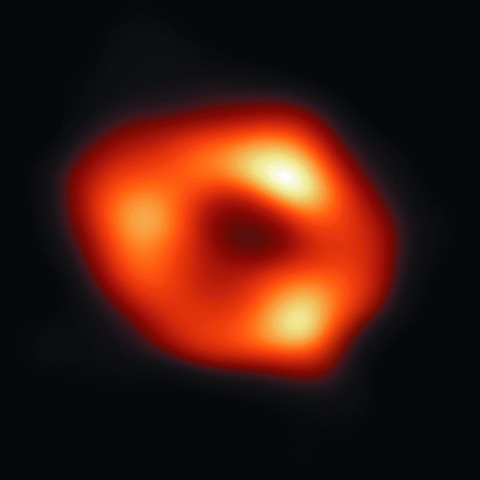
"Deep in the heart of the Milky Way, strange things happen. This is a place where stars slingshot around apparently empty space at an appreciable fraction of the speed of light. Scientists have long thought that only a supermassive black hole could explain the stars' movements, but until this year, they hesitated to say that outright.
. . .
This spring, however, the astronomers behind the Event Horizon Telescope (EHT) settled the matter by unveiling the first image of a supermassive black hole at the center of the Milky Way."
Featuring Member Donald Lynden-Bell (2003) and the work of current Members Lia Medeiros and George Wong as part of the Event Horizon Telescope Collaboration:
